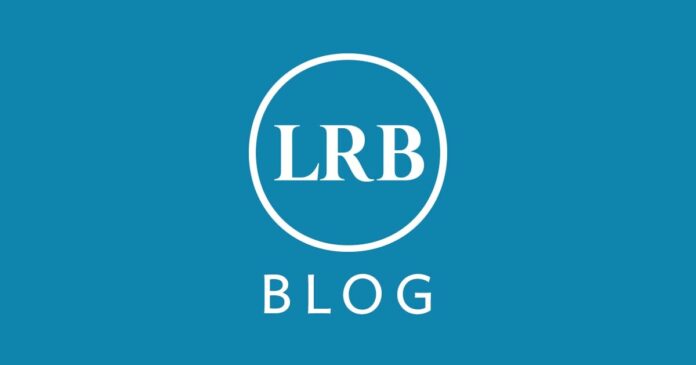On 8 January I received an email from my boss at the health department where I work on social epidemiology. It was a message relayed from the US Centers for Disease Control and Prevention (CDC). ‘Data is the oxygen of public health,’ it said, ‘essential for improving health and saving lives.’ On 31 January, most, if not all, public health data were purged from the CDC’s website. Within hours of the erasure, health departments were stalled. If data were the oxygen of public health, then all the oxygen had just been sucked out of the room.
The data purge followed Donald Trump’s executive order ‘Defending Women from Gender Ideology Extremism and Restoring Biological Truth to the Federal Government’. In a follow-up memo, health agencies were told to ‘take down all outward facing media … that inculcate or promote gender ideology.’
Around eight thousand webpages and datasets went dark, including decades of resources on vaccine efficacy; studies on race and health disparities; data on HIV prevalence and STD prevention; and the Youth Risk Behaviour Surveillance System (YRBSS), an expansive survey of young Americans’ health habits, tracking everything from exercise to gender identity.
Metrics on obesity, depression, disabilities in the elderly, healthcare access, frequency of doctor visits and cancer rates were all taken down. The Social Vulnerability Index (SVI), which identifies a community’s vulnerability to disasters, went offline. In short, the entire infrastructure of America’s public health research stopped responding overnight. Attempts to access the data were met with ‘404: Page Not Found’ errors and a banner that said: ‘The CDC’s website is being modified to comply with President Trump’s Executive Orders.’
The WHO and Unicef use CDC datasets in their monitoring of maternal health, immunisation and disease prevention. Non-profit organisations rely on CDC data for everything from grant-writing to advocating for air-quality monitors. Legal aid groups use it to fight against the demolition of public housing. Obesity and opioid overdose deaths – two pillars of the Trump administration’s public health platform – cannot be addressed without CDC data. In 2020, the first Trump administration recommended reducing testing to lower the number of Covid-19 cases. Without tests, the pandemic could simply be declared over. Perhaps a similar logic is at work today.
Much of the data provides fine-grained information on the social health of cities at a neighbourhood level. That, in turn, allows researchers to make precise interventions in health policy for those who need it most. Obesity rates at the state level tell us something important. But localised data allows us to ask particular questions: does obesity spike in neighbourhoods without a grocery store? Is heart disease lower in neighbourhoods with parks? Do opioid overdose deaths cluster where people are regularly buying prescription drugs? Is proximity to a train track correlated with a prevalence of poor sleep?
These questions are not hypothetical. They orient my day-to-day work, making maps of health inequality in my city. More than a diagnostic tool, the maps are used to co-ordinate interventions across a variety of fields. Heat maps of fast-food density and obesity help to direct mobile food banks to where they’re most needed. A geography of rising overdose deaths and plummeting insurance rates tells community organisations where to target naloxone distribution. Raw data are numbers on a spreadsheet. On a map, they allow health departments and community partners to attend to emerging crises that might otherwise go unnoticed.
Of course health data alone cannot provide all the answers. As Michel de Certeau put it, the ‘spatial flattening’ of a city by statisticians risks steamrolling the nuance of human life with a pretence of objectivity. There’s truth in this. All ‘raw’ data, as Nick Barrowman has observed, is already ‘cooked’. But not to make false idols of ‘the data’ is one thing. To expunge the libraries of the CDC is another.
In the last few days, some health data has re-emerged following a court order by a federal judge. A few databases have returned but with key portions redacted. The YRBSS is back online, but so riddled with broken links as to be almost unusable. The SVI also appears to have been restored. But with no documentation that notes what, if any, changes have been made to the restored data, researchers are left with doubts as to the integrity of their own work.
Questions about the relationship between obesity and fast food are now shadowed by another question: has this data been doctored? It is an uncanny feeling to be made a stranger to one’s own discipline. The work resumes, but for the foreseeable future it will be stymied by a suspicion that the tools have been tampered with, or could disappear again at any moment.

